Understanding the diets of various animals provides insight into their behaviors, habitats, and ecological roles. Each species has adapted its eating habits to thrive in its environment, leading to a diverse array of dietary preferences.
I examined the diets of a range of animals, from marine mammals like whales and dolphins to terrestrial creatures such as lions and raccoons. By examining what these animals eat, we can better appreciate their roles in ecosystems and the importance of their conservation.
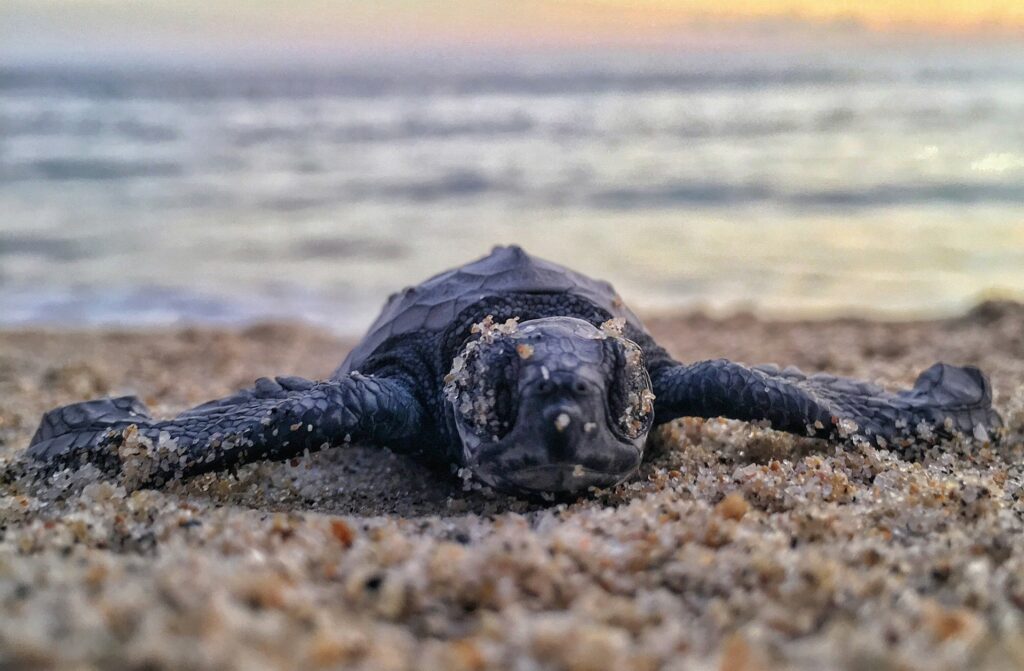
What do turtles eat?
Turtles are primarily herbivorous, carnivorous, or omnivorous, depending on their species.
Most aquatic turtles consume a diet rich in aquatic vegetation, insects, and small fish.
For instance, green sea turtles primarily feed on seagrasses and algae, while snapping turtles may hunt for fish, frogs, or even small birds.
Land turtles, such as tortoises, typically graze on grasses, fruits, and vegetables.
Their diet is crucial for maintaining their health and supporting their slow metabolism.
The specific dietary needs of turtles can vary significantly based on their age and species.
Juvenile turtles might require more protein-rich foods to support growth, while adults often shift towards a more plant-based diet.
Providing the right nutrition is vital for their longevity and reproductive success.
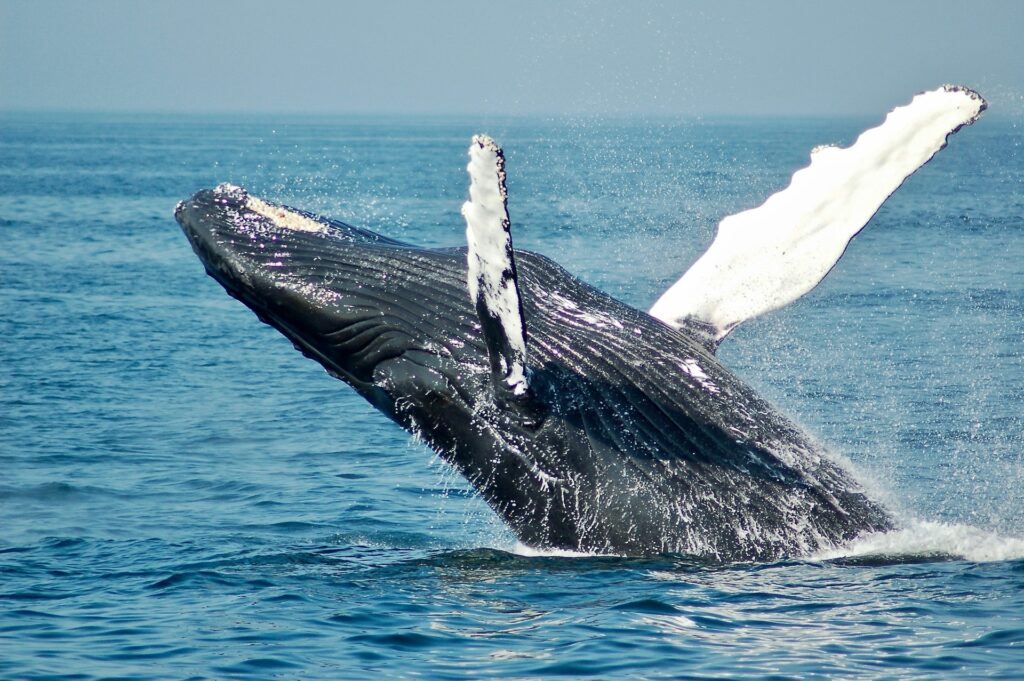
What do whales eat?
Whales exhibit diverse feeding strategies based on their species.
Baleen whales, such as blue whales and humpback whales, are filter feeders that primarily consume small shrimp-like creatures called krill.
They take in large amounts of water and use their baleen plates to filter out food.
Toothed whales, including orcas and sperm whales, have different diets that often include fish, squid, and even marine mammals.
Orcas are known for their complex hunting strategies and can target seals or even large whales.
The feeding habits of whales are closely tied to their migratory patterns and the availability of food sources in different ocean regions.
As apex predators in the oceanic ecosystem, their feeding behavior significantly impacts marine life populations.
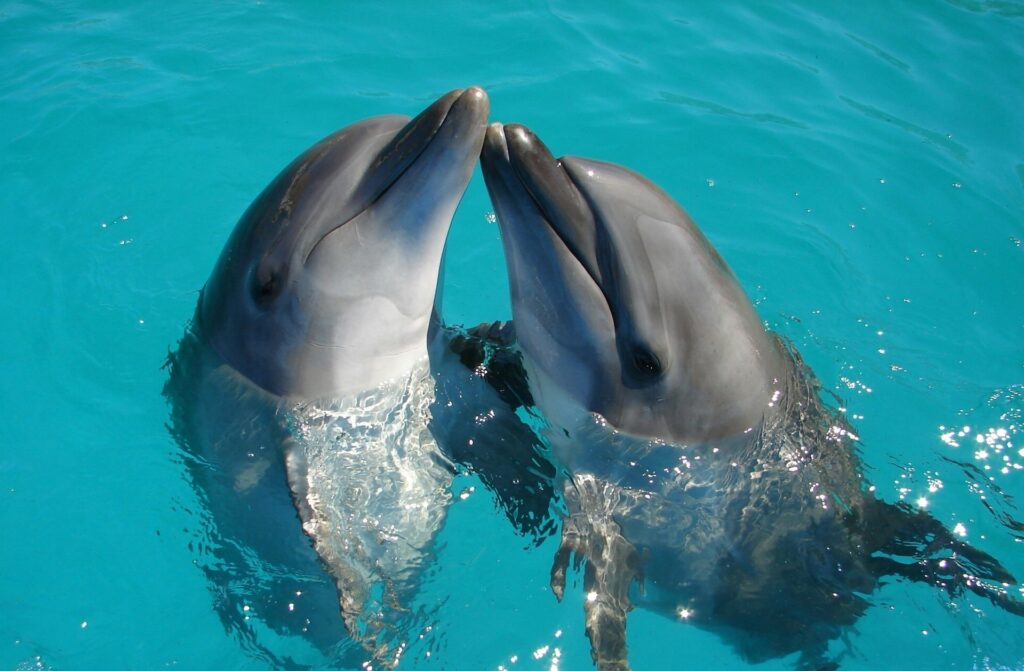
What do dolphins eat?
Dolphins are highly social marine mammals known for their intelligence and playful behavior.
Their diet mainly consists of fish and squid, but they can also consume crustaceans depending on the species.
Bottlenose dolphins typically hunt in groups to corral schools of fish for easier feeding.
Dolphins use echolocation to locate prey underwater effectively.
This ability allows them to detect sounds and navigate through murky waters while hunting.
The dietary preferences of dolphins can vary by region and availability of prey.
In some areas, they may adapt their hunting techniques based on the types of fish available or seasonal changes in food supply.
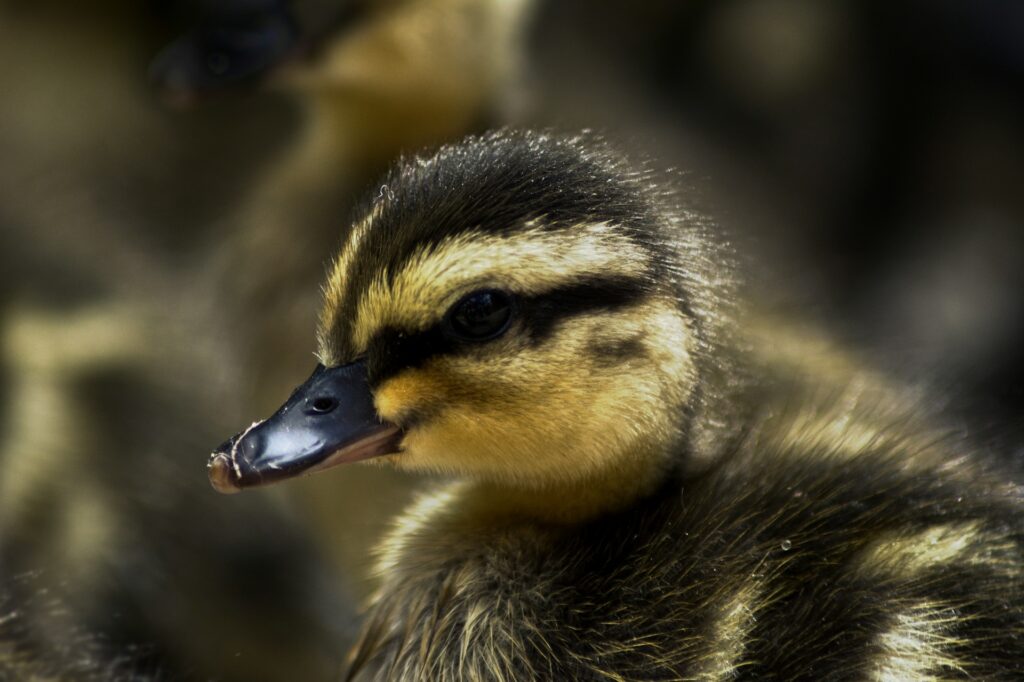
What do ducks eat?
Ducks are versatile feeders with a varied diet that changes with the seasons.
They primarily consume aquatic plants, seeds, insects, and small fish.
Dabbling ducks often feed on the surface of the water or tip forward to reach underwater vegetation.
Diving ducks go deeper into the water to forage for food, including mollusks and crustaceans.
In agricultural areas, ducks may also feed on grains or leftover crops.
The adaptability in their diet helps ducks thrive in various habitats, from wetlands to urban parks.
Understanding what ducks eat is essential for managing their populations and conserving their habitats.
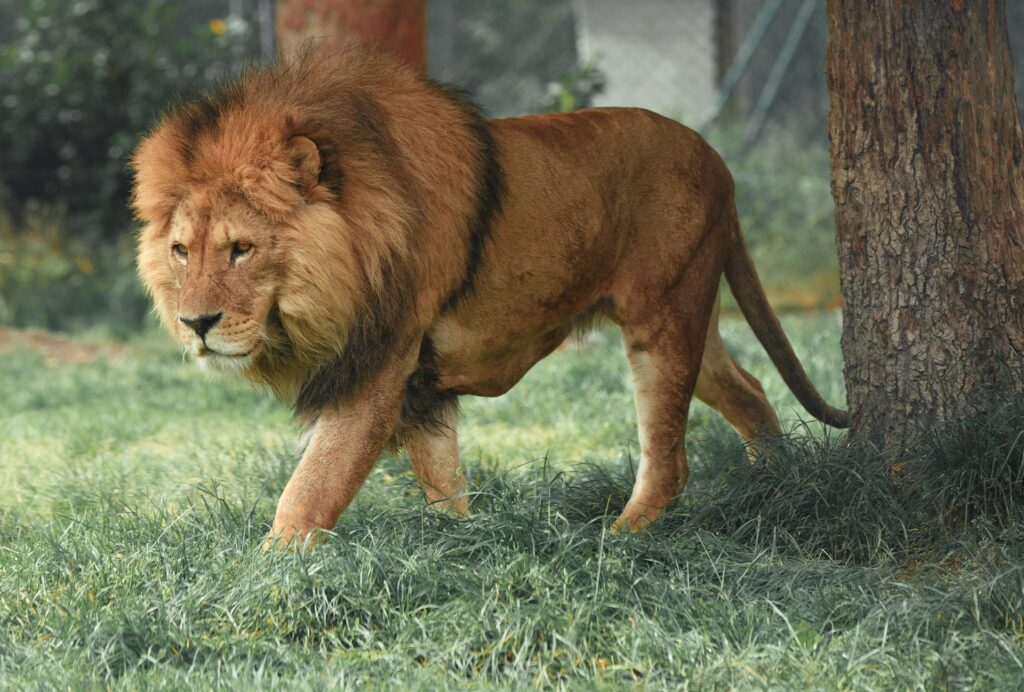
What do lions eat?
Lions are apex predators with a carnivorous diet primarily consisting of large herbivores.
They hunt animals such as zebras, wildebeests, and buffaloes in groups called prides.
Hunting strategies often involve teamwork to encircle and take down prey efficiently.
Lions are opportunistic feeders; they may scavenge from other predators if necessary.
Their social structure plays a critical role in hunting success as they rely on cooperation during hunts.
The availability of prey influences lion populations significantly; areas with abundant herbivores support larger lion prides.
Conservation efforts often focus on maintaining healthy ecosystems that support both prey species and lion populations.
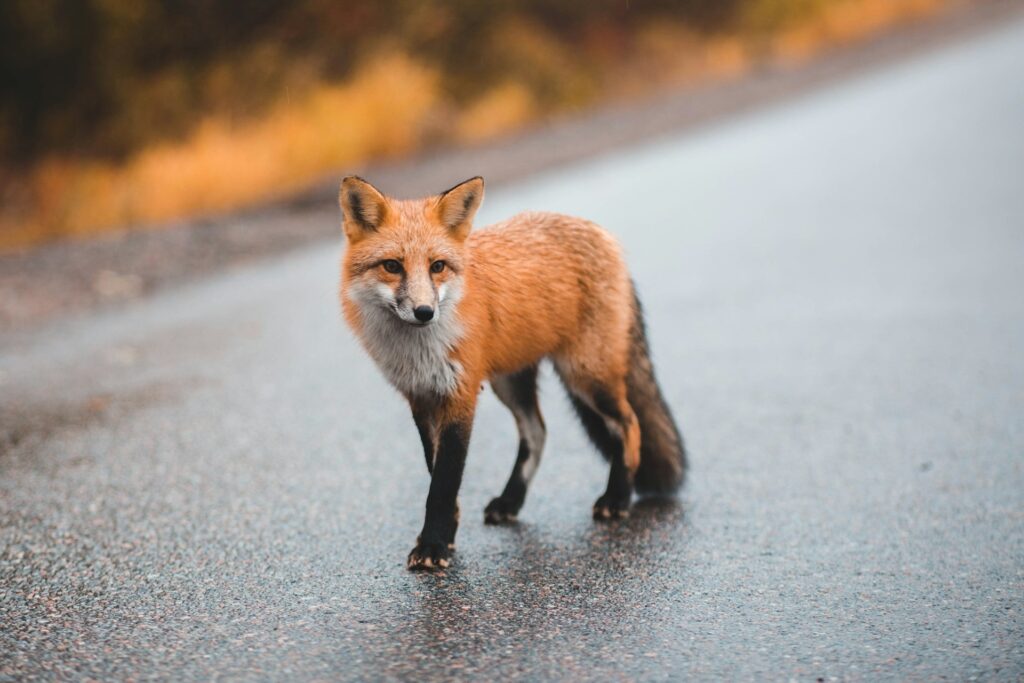
What do foxes eat?
Foxes are adaptable omnivores with a diverse diet that varies by habitat.
They primarily consume small mammals such as rabbits and rodents but also eat birds, insects, fruits, and vegetables.
Urban foxes may scavenge human food waste when natural prey is scarce.
Their keen sense of hearing allows them to locate prey underground or hidden in vegetation.
Foxes are known for their cunning hunting techniques; they often stalk quietly before pouncing on unsuspecting prey.
Seasonal changes affect their diet; during winter months when food is scarce, they may rely more on stored food or scavenging.
Understanding fox diets is crucial for managing wildlife interactions in urban areas.
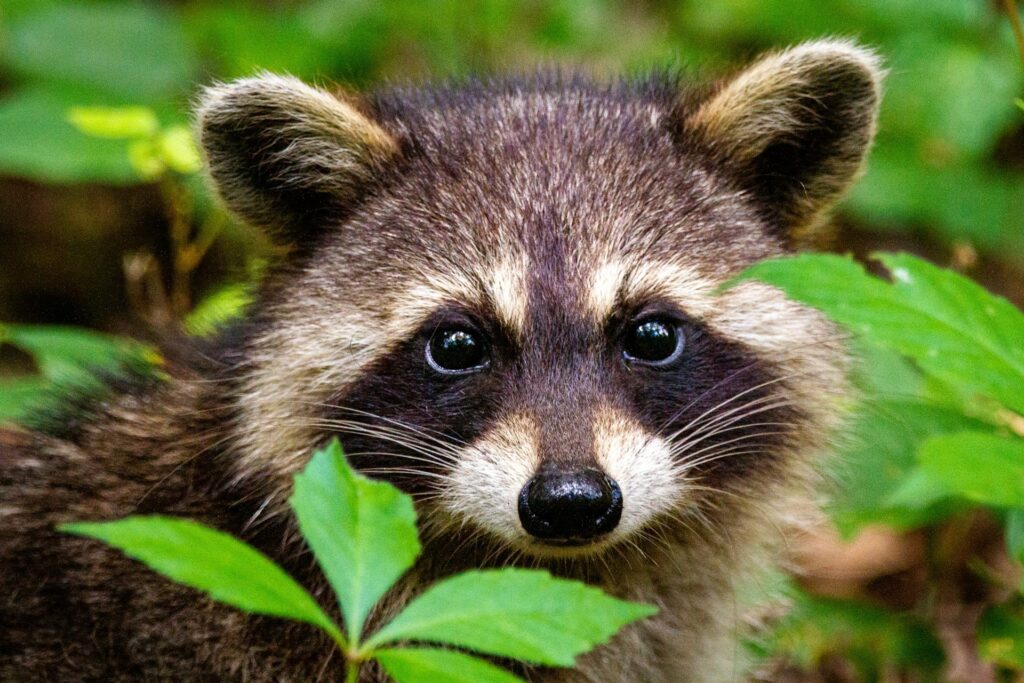
What do raccoons eat?
Raccoons are omnivorous mammals known for their dexterous front paws and adaptability to various environments.
Their diet includes fruits, nuts, seeds, insects, small animals, and human food scraps.
Raccoons are particularly skilled at foraging; they often rummage through trash cans or search near water sources for food.
In urban settings, raccoons have become adept at scavenging human leftovers which contribute significantly to their diet.
This adaptability allows them to thrive in diverse habitats from forests to cities.
Raccoons’ varied diet plays an essential role in seed dispersal and controlling insect populations within ecosystems.
Understanding what raccoons eat helps inform wildlife management practices in urban areas.
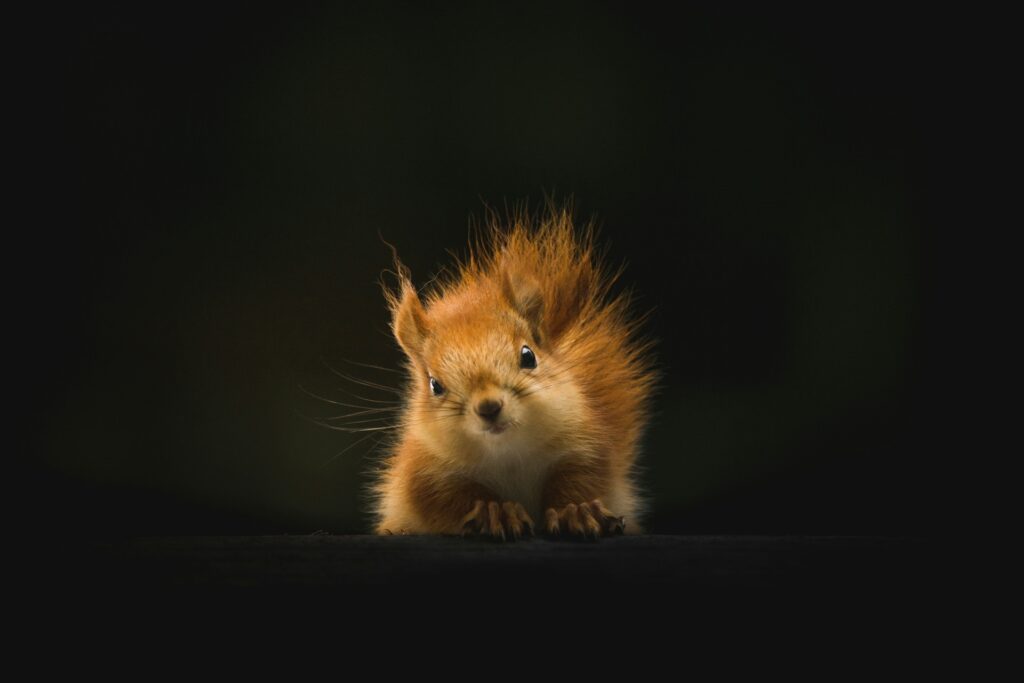
What do squirrels eat?
Squirrels are primarily herbivorous rodents known for gathering food for winter storage.
Their diet mainly consists of nuts (like acorns), seeds, fruits, flowers, and occasionally fungi or insects.
Squirrels play an important role in forest ecosystems by aiding in seed dispersal as they bury nuts that may later sprout into new trees.
Different squirrel species may have varying dietary preferences based on habitat availability; tree squirrels often seek out high-energy foods like nuts while ground squirrels might forage for seeds or roots.
During winter months when food is scarce, squirrels rely heavily on stored supplies from previous seasons.
Their ability to adapt to changing environments is crucial for survival across different climates.
Understanding squirrel diets provides insight into forest ecology and the importance of habitat conservation.
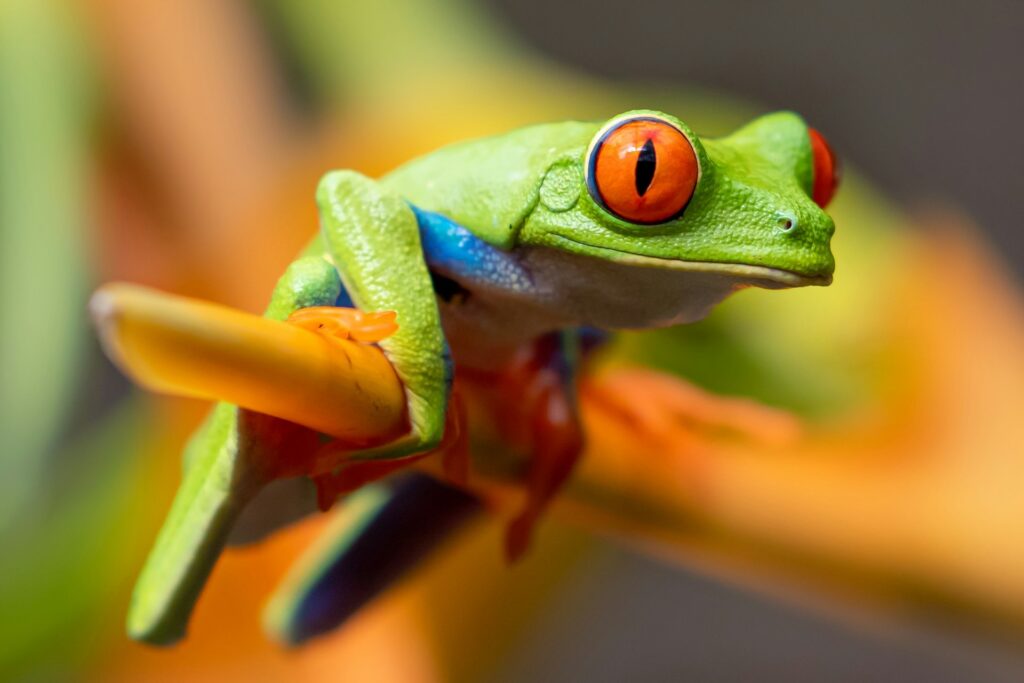
What do frogs eat?
Frogs are carnivorous amphibians that primarily consume insects during their adult life stages.
Common prey includes flies, mosquitoes, moths, crickets, and other small arthropods.
Some larger frog species may also eat small vertebrates like mice or smaller frogs when available.
Frogs use their long tongues to catch prey quickly; this method requires precise timing and agility.
Tadpoles (the larval stage) have different dietary needs; many are herbivorous or detritivorous during this stage before transitioning to carnivory as adults.
Seasonal changes influence frog feeding behaviors; during warmer months when insects are abundant, frogs can be found actively hunting near water bodies where they breed.
Understanding frog diets is essential for assessing ecosystem health since they serve as indicators of environmental changes due to their sensitivity to pollution.
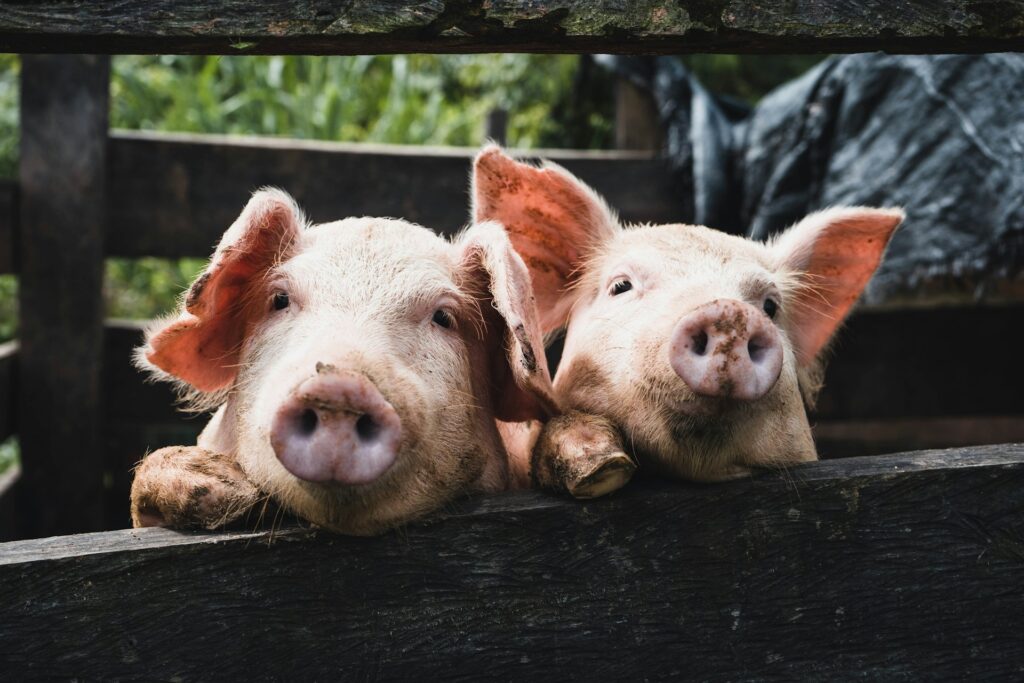
What do pigs eat?
Pigs are omnivores with a highly adaptable diet that can include both plant-based foods and animal products.
They typically consume grains (like corn), vegetables (such as potatoes), fruits (like apples), nuts (like acorns), and even meat if available.
In agricultural settings where pigs are raised for meat production (swine farming), farmers provide balanced feeds designed to meet nutritional needs efficiently.
Pigs possess a unique digestive system that allows them to extract nutrients from fibrous plant materials effectively; this adaptability makes them excellent scavengers as well.
Wild pigs will forage extensively across landscapes searching for roots or carrion while domesticated pigs often receive formulated feeds tailored specifically towards growth rates or reproductive health requirements.
Understanding pig diets is vital for optimizing farming practices while ensuring animal welfare standards are maintained throughout production cycles.

What do lizards eat?
Lizards exhibit diverse dietary habits depending on species; some are strictly insectivorous while others may be herbivorous or omnivorous.
Insect-eating lizards consume various arthropods like crickets or beetles as primary sources of nutrition; this group includes geckos and anoles among others.
Herbivorous lizards such as iguanas feed primarily on leaves along with flowers; they require high-fiber diets rich in calcium which supports bone health over time.
Omnivorous lizards combine both plant matter alongside animal protein sources; this adaptability helps them thrive across multiple environments ranging from deserts through rainforests up into temperate zones too!
Feeding behaviors vary widely among lizard species; some actively hunt down prey using speed while others rely more heavily upon ambush tactics waiting patiently until unsuspecting meals come close enough before striking swiftly!
Understanding lizard diets contributes significantly towards conservation efforts aimed at protecting these fascinating reptiles within natural habitats threatened by human encroachment!
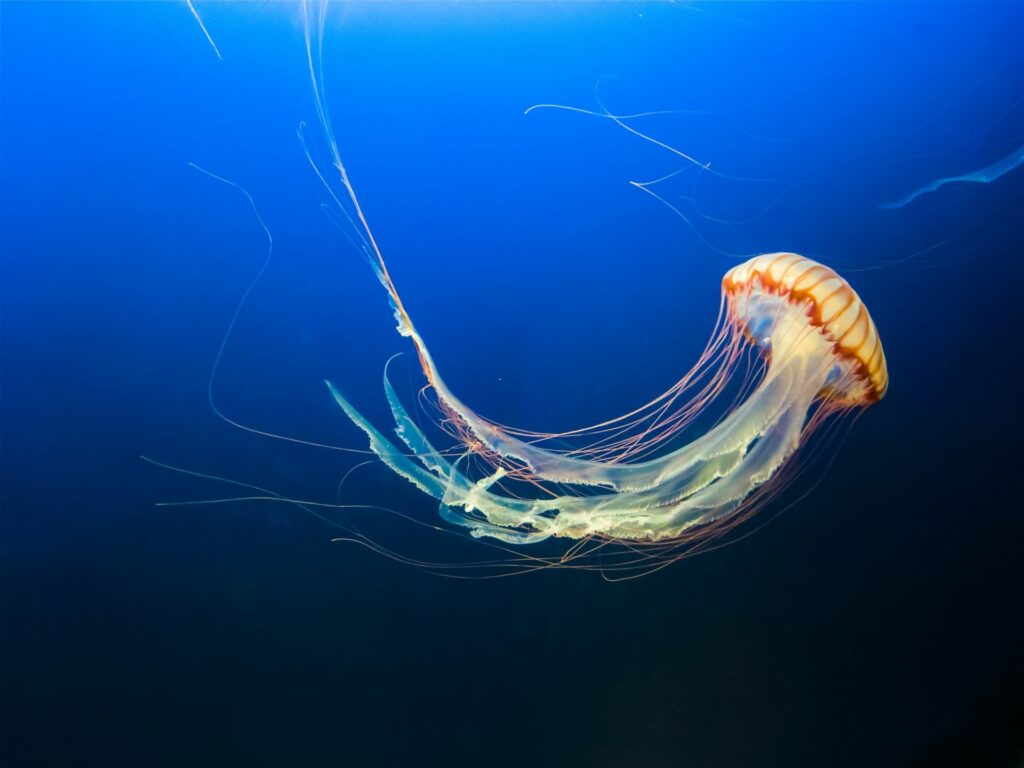
What do jellyfish eat?
Jellyfish primarily feed on small planktonic organisms including zooplankton such as copepods along with larval fish or other tiny marine creatures found floating within ocean currents!
They capture prey using specialized stinging cells called nematocysts located along tentacles which paralyze unsuspecting meals before transporting them towards the jellyfish’s mouth located underneath its bell-shaped body!
Jellyfish can also absorb nutrients directly from seawater through diffusion allowing them access additional sustenance without needing active predation methods!
Different species exhibit varying feeding strategies based upon size and habitat preferences; larger jellyfish tend towards consuming bigger prey items while smaller varieties focus predominantly upon microscopic organisms!
Understanding jellyfish diets aids researchers studying marine ecosystems since fluctuations within jellyfish populations can impact entire food webs influencing everything from fish stocks down through seabird populations reliant upon these resources!
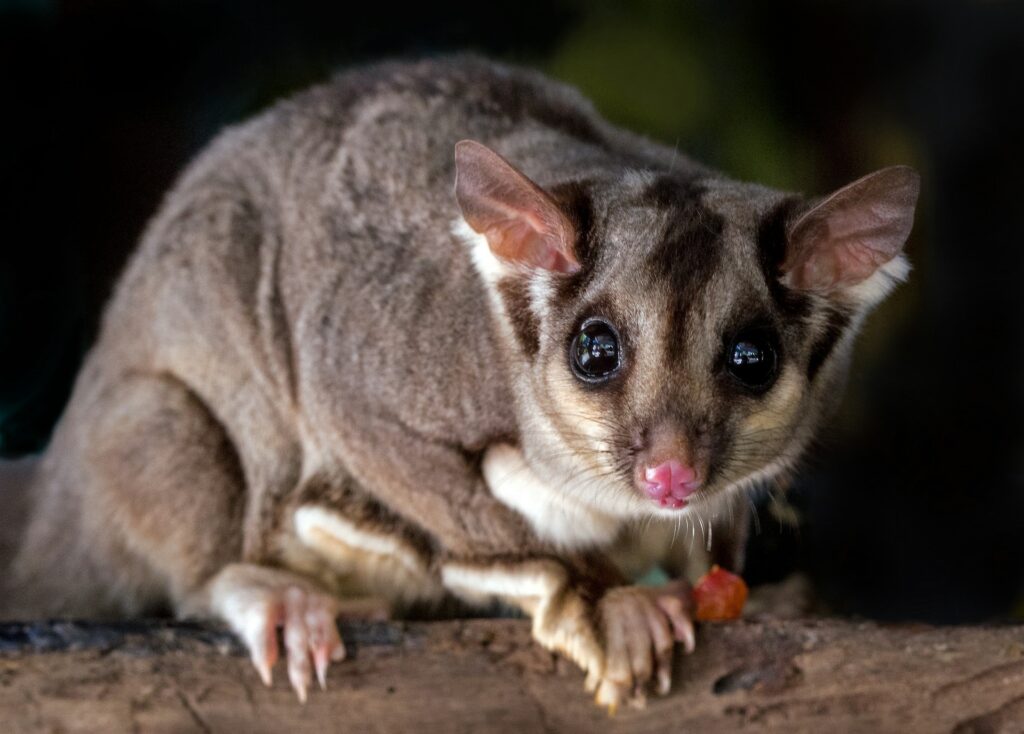
What do possums eat?
Possums are opportunistic omnivores known for having varied diets that change based upon seasonal availability and local resources!
They typically consume fruits and vegetables alongside insects and small vertebrates when available!
Possums also scavenge human refuse finding leftover scraps providing additional nutritional sources particularly within urban environments where natural food supplies might be scarce!
This adaptability enables possums to thrive across diverse habitats ranging from forests through suburban neighborhoods ensuring survival despite changing conditions!
Understanding possum diets contributes towards wildlife management efforts aimed at minimizing human-wildlife conflicts while promoting coexistence between these fascinating marsupials and people living nearby!
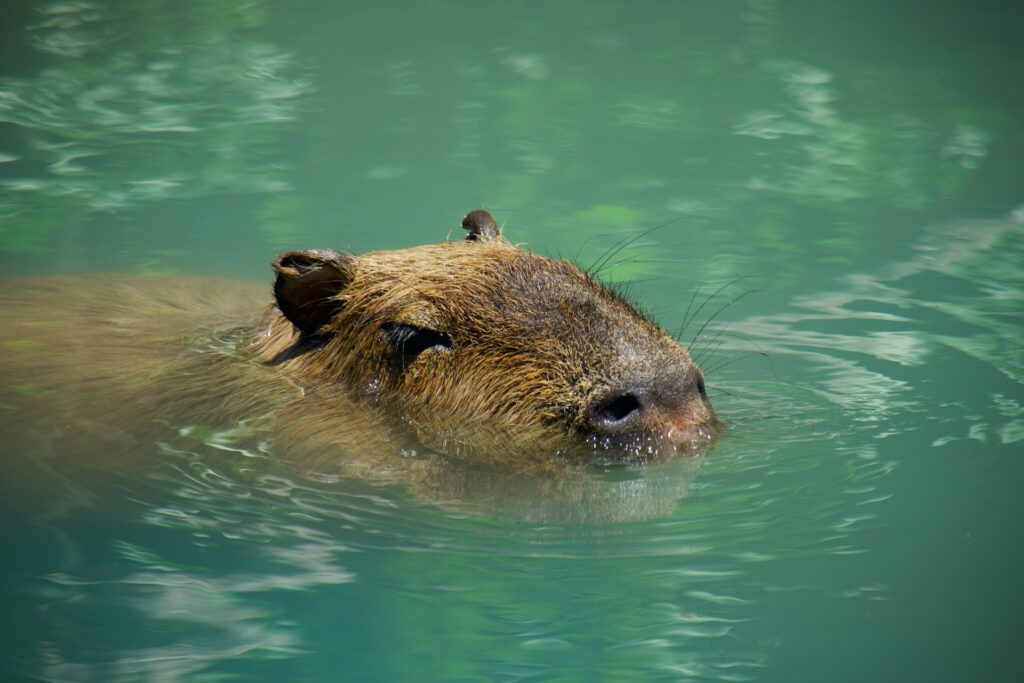
What do capybaras eat?
Capybaras are large rodents native to South America known for being social animals often found near water bodies!
Their diet mainly consists of grasses and aquatic plants which provide essential nutrients necessary for maintaining health and energy levels throughout daily activities!
Capybaras also consume fruits and vegetables occasionally supplementing their herbivorous diets with additional sources during certain seasons when preferred options become available!
These gentle giants play an important role within ecosystems by helping maintain plant growth through grazing behaviors promoting biodiversity across landscapes where they reside!
Understanding capybara diets helps inform conservation efforts aimed at protecting these unique rodents alongside preserving critical wetland habitats necessary for survival!
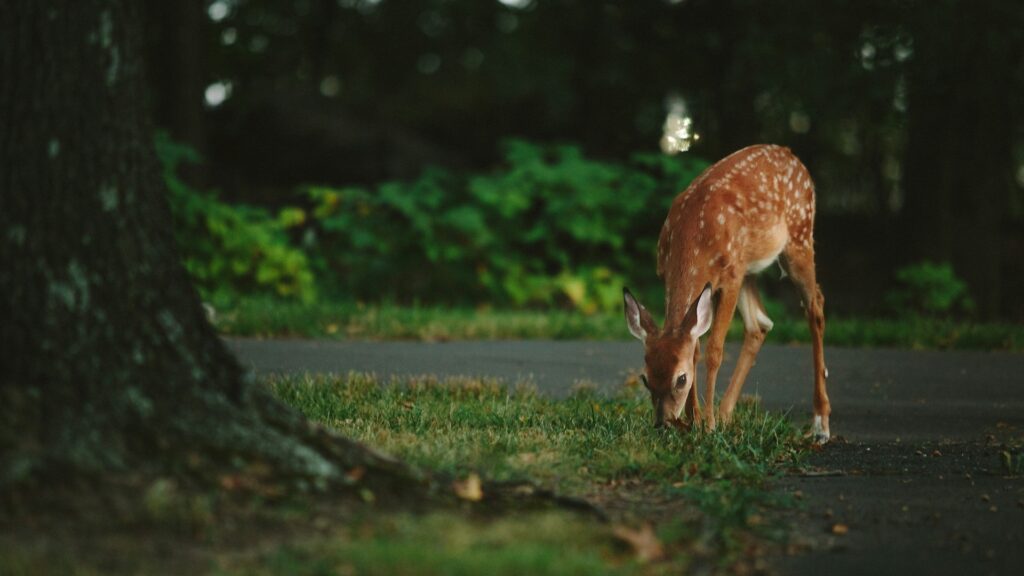
What do deer eat?
Deer are herbivores with a varied diet consisting primarily of leaves stems flowers fruits nuts and bark depending upon seasonal availability!
During springtime deer tend towards consuming fresh green foliage while autumn brings opportunities for acorns berries and other nutrient-rich options available within forests!
Deer have evolved specialized digestive systems allowing them efficiently break down fibrous plant materials ensuring maximum nutrient absorption during feeding periods throughout day-to-day activities!
This adaptability enables deer populations thrive across multiple habitats ranging from woodlands through grasslands up into mountainous regions ensuring survival despite changing environmental conditions present within those ecosystems!
Understanding deer diets contributes significantly towards wildlife management practices aimed at maintaining healthy populations alongside preserving natural habitats required supporting biodiversity within local ecosystems!
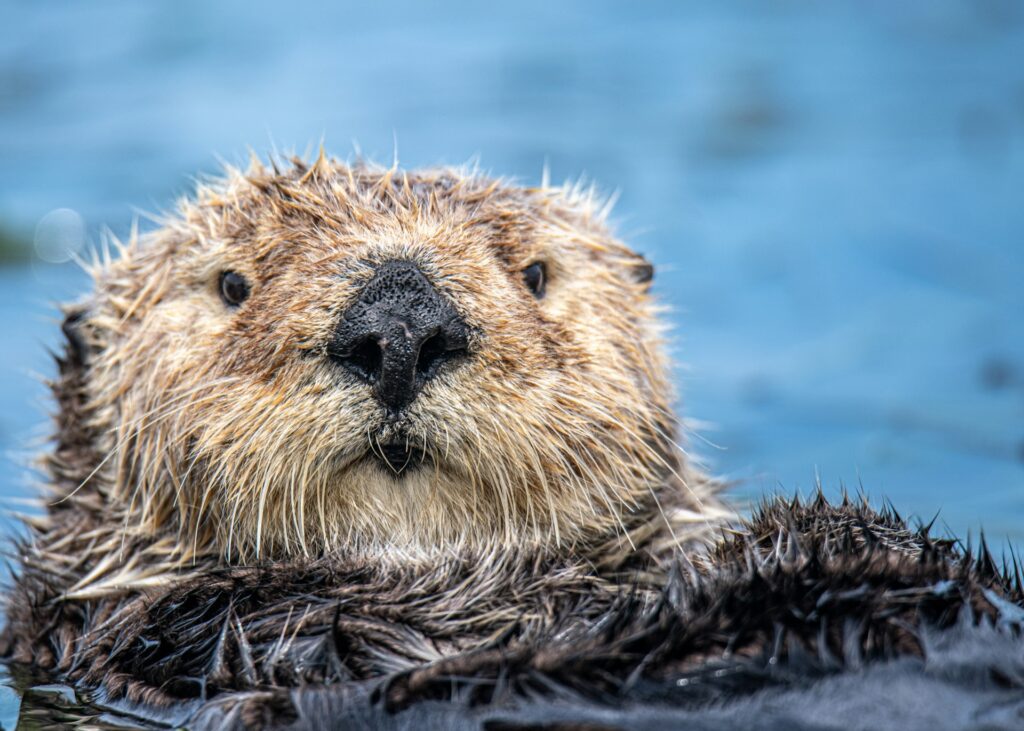
What do beavers eat?
Beavers are semi-aquatic mammals known primarily for building dams but also possess distinct dietary preferences centered around trees shrubs aquatic plants!
Their primary source consists mainly bark twigs and leaves derived from hardwoods such as aspens willows birches along with various other deciduous trees found nearby water bodies where they reside!
Beavers play an important ecological role promoting biodiversity through creating wetland habitats enhancing overall ecosystem health benefiting numerous species reliant upon those resources provided by these industrious rodents over time!
Understanding beaver diets aids researchers studying freshwater ecosystems since fluctuations within beaver populations can impact entire aquatic environments influencing everything from fish stocks down through amphibian populations reliant upon these resources available nearby!
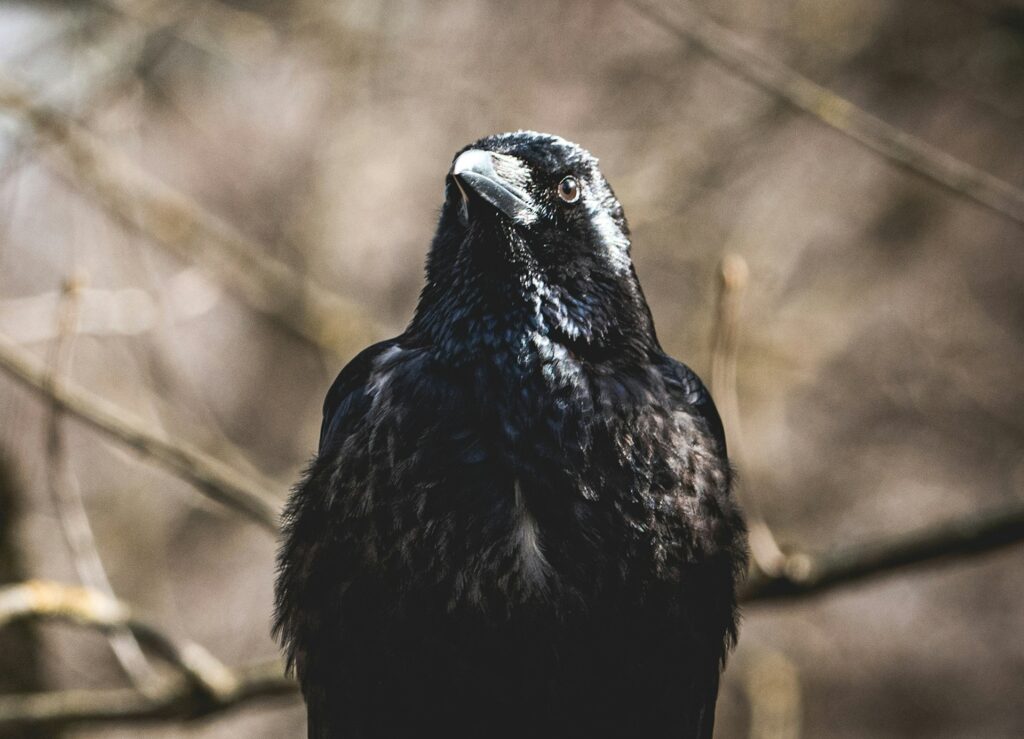
What do crows eat?
Crows are intelligent birds known for being opportunistic feeders exhibiting varied dietary habits depending upon local resources available nearby!
Their diet typically consists mainly insects seeds fruits along with carrion scavenged from roadways providing essential nutrients necessary maintaining health energy levels throughout daily activities undertaken by these social creatures living together within flocks!
Crows possess remarkable problem-solving skills enabling them adaptively exploit new food sources enhancing overall survival rates despite changing environmental conditions present across landscapes where they reside regularly interacting humans seeking out additional opportunities provided through urban environments offering plenty leftovers discarded waste products readily accessible nearby!
Understanding crow diets contributes significantly towards wildlife management practices aimed at minimizing human-wildlife conflicts while promoting coexistence between these fascinating avian creatures people living nearby sharing spaces together harmoniously side-by-side enhancing overall biodiversity present across those regions over time!
The diversity in animal diets reflects the intricate relationships between species and their environments. Each animal has adapted its eating habits over time to survive within its habitat effectively.
Understanding what different animals eat not only enriches our knowledge about them but also emphasizes the importance of conserving their ecosystems to ensure they continue thriving alongside us.
Explore Related Articles

Woman Claims COVID Vaccine Side Effect Gave Her Dermatomyositis, Aged Her...
Vaccine related injuries are something that you rarely ever hear major news outlets talking about. While majority of people who take the vaccine don't experience serious side effects, there are people whose lives have changed forever after taking the jab. Most recently the COVID-19 vaccine side-effect horror story of...
Living with Prosopometamorphopsia: A Firsthand Account of ‘PMO Demon Faces’
I'm writing this article to share a deeply personal story that was shared with us here at JordanThrilla. It's about living with a rare neurological disorder called Prosopometamorphopsia, or as it's more commonly known, "Demon Face" syndrome. A person who doesn't wish to be named sent us this information...
Here’s How to Avoid Buying Tampons With Toxic Metals in Them
In recent times, a controversy has been brewing in the world of health and wellness. It's about something that millions of people use every month, yet few give a second thought to - tampons. A recent study has brought to light the presence of toxic metals in tampons, sparking...






